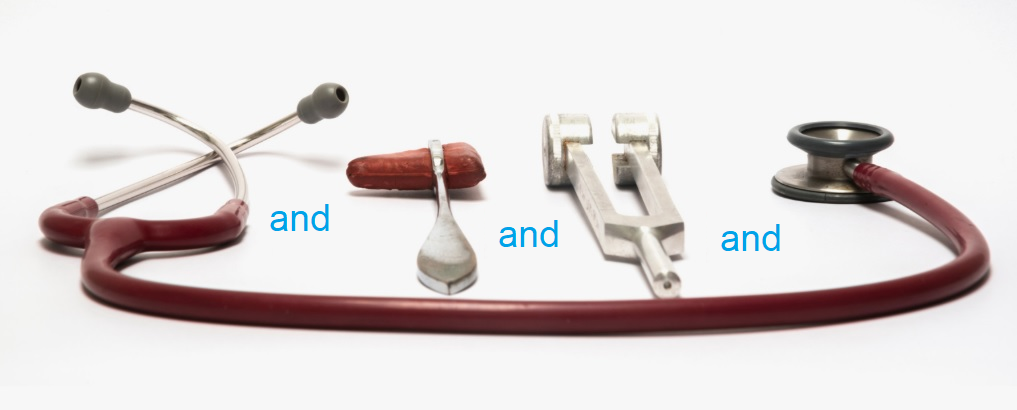Тематический план
COMORBID CONDITIONS IN THE PRACTICE OF A DISTRICT THERAPIST. Module “Neurological diseases in the practice of a GP” (General Practitioner)

Модуль «Неврологические заболевания в практике участкового терапевта» межкафедральной дисциплины «Коморбидные состояния в практике участкового терапевта» для студентов 6 курса, обучающихся на английском языке по специальности General Medicine
Кафедра неврологии.
Разработчики курса - зав. кафедрой неврологии, д.м.н., профессор Богданов Энвер Ибрагимович, доцент, к.м.н., Файзутдинова Айсылу Тальгатовна, ассистент, к.м.н., Казанцев Александр Юрьевич
COMORBID CONDITIONS IN THE PRACTICE OF A DISTRICT THERAPIST
Module “Neurological diseases in the practice of a GP” (General Practitioner)Total hours — 22: Lectures 2 hours; Practical classes 10 hours; Independent work 10 hours;
Course description:
Lecture is an oral presentation of particular branch of science or discipline by the teacher. It is usually held for the course of students at the same time.
Practical classes is usually devoted to detailed study of specific topics and it is being held in each academic group separately. It involves active participation of students in problem discussion and requires preliminary preparation by the student. Practical training is aimed to apply theoretical knowledge in practice. The skills are developed in problem solving process under the supervision of a teacher.
Self-study is work with the special literature or teaching materials (literary sources, video and audio material, multimedia programs and simulators) on the educational portal of the University (http://www.kgmu.kcn.ru:40404/moodle/login/ index.php).__
Course objectives: The purpose of mastering the discipline - deepening knowledge of neurological pathology, which is most often encountered in the practice of a district therapist
Lecture
- Открыто с: Sunday, 4 May 2025, 00:20Закрыто c: Wednesday, 4 June 2025, 00:20
Practice class 1
Headaches and dizziness in the practice of a GP. Disorders of the peripheral nervous system in the practice of a GP
Control questions
1. Headaches and dizziness in the practice of GP
2. Etiology. Pathogenesis. Classification
3. Headaches (primary and secondary)
4. Dizziness (vestibular and non-vestibular)
5. Principles of examination a patient with these complaints.
6. The role of clinical and instrumental investigations.
7. Diagnosis, differential diagnosis and treatment.
8. Pharmacological and non-pharmacological methods of therapy and prevention.
9. Indicators of the quality of medical care for this pathology.
10. Disorders of the peripheral nervous system in the practice of a GP.
11. Etiology. Pathogenesis. Classification
12. Disorders of the peripheral nervous system (vertebral, toxic/metabolic, infectious, hereditary)
13. Principles of examination of a patient with this pathology.
14. The role of clinical and laboratory and instrumental methods.
15. Diagnosis, differential diagnosis and treatment.
16. Pharmacological and non-pharmacological methods of therapy and prevention.
17. Post-surgery spine syndrome.
18. Indicators of the quality of medical care for this pathology.
Practice class 2
Vascular disorders of the brain and spinal cord in the practice of GP. Dysfunction of the autonomic nervous system in the practice of a GP. Emergency in neurological disorders
Control questions
1. Vascular pathology of the brain and spinal cord.
2. Etiology. Pathogenesis. Classification
3. "Therapeutic" window.
4. Principles of examination of a patient with this pathology.
5. Diagnosis, differential diagnostics and treatment.
6. Indicators of the quality of medical care for this pathology.
7. Acute cerebrovascular accident during pregnancy, childbirth and the postpartum period.
8. Dysfunction of the autonomic nervous system.
9. Etiology. Pathogenesis. Classification
10. Principles of examination of a patient with this pathology.
11. Diagnosis, differential diagnostics and treatment.
12. Indicators of the quality of medical care for this pathology.
13. Algorithms for diagnostics in emergency for stroke, epileptic seizure, syncope, myasthenic crisis.
Final test for Module
- Открыто с: Sunday, 4 May 2025, 00:28Закрыто c: Wednesday, 4 June 2025, 00:28
Dear Students! You have 3 attempts of 60 minutes each to answer 43 questions.
Additional educational materials
Качество преподавания . Обратная связь
- Уважаемые студенты! Ваши честные ответы помогут улучшить качество преподавания и повысить уровень компетенций обучающихся
